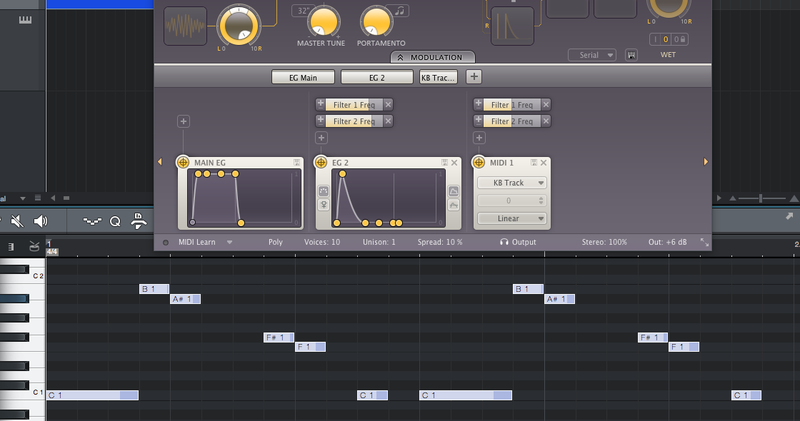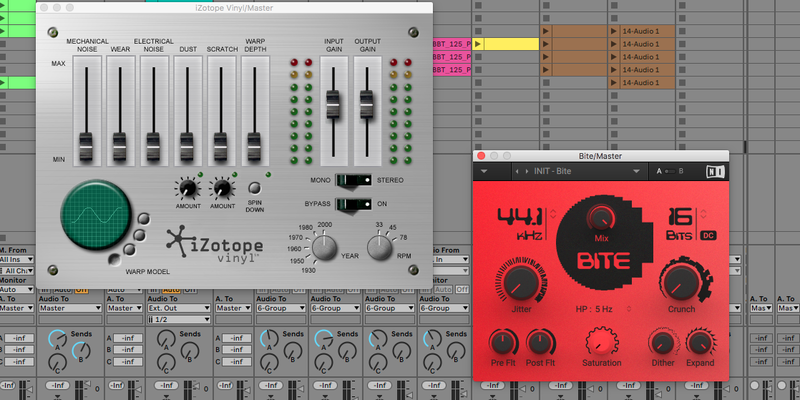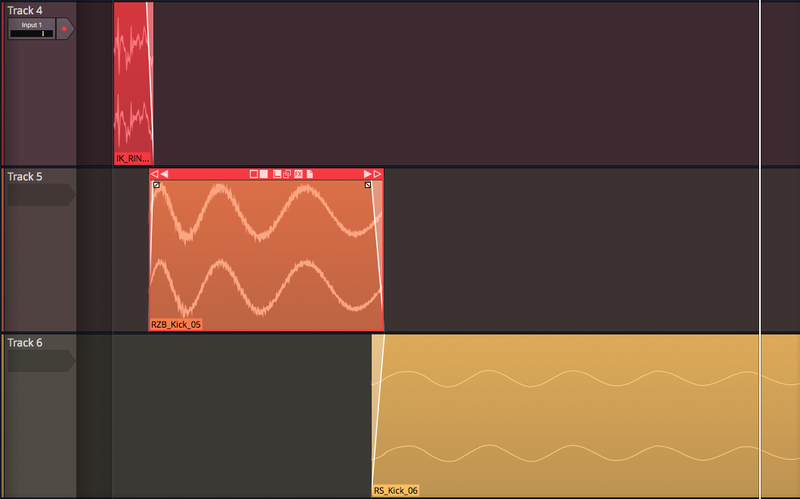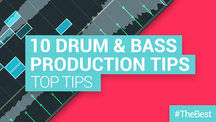Drum & Bass is known for its… well, for both those things. But both drums and bass sounds can be some of the trickiest parts of music production, mixing and sound design to master.
In this guide, we’ll throw out our top tips for getting your DnB tunes off on the right foot, nailing those crucial low-down elements. We won’t stop at the low-end, though, taking you through the best general advice for producing this powerful, weighty genre.
Check Out Best Selling Drum & Bass Sounds at Loopmasters
1) The D in D&B: Getting a Rhythm
Drum & Bass doesn’t have a set rhythmic pattern. The time signature is 4/4, sure, but the rhythms themselves are an open book. When your DnB gets towards dubstep territory, you might find some triplets creeping into a track, and you might start to feel a little more 6/4 than 4/4.
Back on Drum & Bass’s home ground, though, the tried and tested formula is to keep the tempo at roughly 170 bpm (168 - 175 bpm are rough limits), timestretching (perhaps repitching) a breakbeat up to your home tempo. From here, the break can be processed further and reinforced with extra layers of hits.

2) The B in D&B: Focus on the Bass
Naturally, the bass is a key part of producing Drum & Bass. The clue is in the name. While you might be tempted to use a synth to generate the sound for those bassline, creativity is key to make an impression. Try using real instruments sent through heavy processing, or searching for a higher--pitched sample than you can bring down using a sampler – anything with a defined tone can potentially work when shifted down into a bass note.

For more sonic inspiration and unusual sounds to use, check out Loopcloud’s library of Instrument and Genre tags, and drag the sample you want directly into your DAW.
3) Kick and Bass Mixing
This being Drum & Bass, it’s essential that your two lowest elements – the track’s kick and its bass – work well together as a unit, yet give each other space to be heard.
The first port of call is tuning – see where your kick and bass energy lie, and if they’re at different ‘notes’ in the frequency spectrum, either tune the kick or rewrite the bassline.

You can give space to clashing frequencies by sidechaining the bass channel from the kick channel – that is, insert a compressor over the bass and use the kick channel as a sidechain input so that the compressor only activates to ‘duck’ the bass when the kick plays. Use fast Attack and Release times to reduce the ‘pump’ put on the bass.
4) Copy Your Heroes
We’re not talking about infringing someone’s copyright here, but if there’s a track arrangement that you love, why not use it for your own project? Import the track, and build your own parts around its arrangement – the same intro length, build length, etc – and then remove the original track leaving only your framework. No one will be any the wiser.
5) Vibing it
DnB was born from grungy, pitched breaks, so if you’re programming your own fast drum part using pristine drum samples, try using vinyl effects, bit reduction and distortion to put some dirt into the signal – that old-school vibe will cover your digital perfection right up.

6) Princess Layer
Typical Drum & Bass production techniques lead producers to combining multiple snares in search of a better, more impactful hit. We have a few cautionary tales before you start stacking the hits up, though.
First of all, only layer your snare sound if you truly need to. If your snare sounds right for your track, don’t simply start stacking because you feel you have to. Audition plenty of Snare Sounds before starting to ‘fix it in the mix’.
If you do decide to bring more snare layers into the equation, do so with three parts of the snare in mind: the initial ‘hit’ transient ‘attack’, the low, sustaining ‘body’, and the decaying ‘tail’. If your snare is rendered as audio in your DAW project, you can literally zoom into the snare clip and chop these portions out, crossfading in the replacement portion from a new sample.

Choose samples for their impact, body or decay, and take just the part you need, and you’ll create a perfect hybrid snare without any messy overlaps.
7) Reference Everything
You can’t just expect that your track’s powerful bass and hard-hitting drums will carry over to other systems. Make sure to try your mix out in other sound systems, cars, even phone speakers to make sure it works, and be sure to listen to other tracks you know well at the same time to compare. Since this is bass music, be sure to test it out on the biggest speakers you have access to – bonus points if you can get your way into a club before it opens, or find a friend with PA speakers.
8) Becoming You
It takes a while to find your own ‘sonic identity’, and with so many different types of drum & bass tracks out there, it’s hard to immediately stand out from the crowd. People’s specific sonic signatures often come from experimentation, running across new sounds by accident. Don’t be afraid to take something unique and run with it.
9) Big Bad Theory
Classic chords, progressions and bassline don’t only work in their own genres – it’s entirely possible to use a few elements from any genre as the backbone of a drum & bass track. Don’t be scared to root out disco hits, rock riffs and weird experimental compositions to find inspiration for your DnB stylings.

10) Give Things Space
Just like it’s tempting to layer loads of sounds in the pursuit of the perfect whole, you can also go overboard with the amount of notes, drum hits, and even reverb, clouding the space between the crucial hits of your beats and synths. If drum and bass is about power, and you don’t have the control of your listeners’ volume knobs, then one way you can beef up your hits is by using silence – turn things down in the spaces between beats, and their impact will increase.











